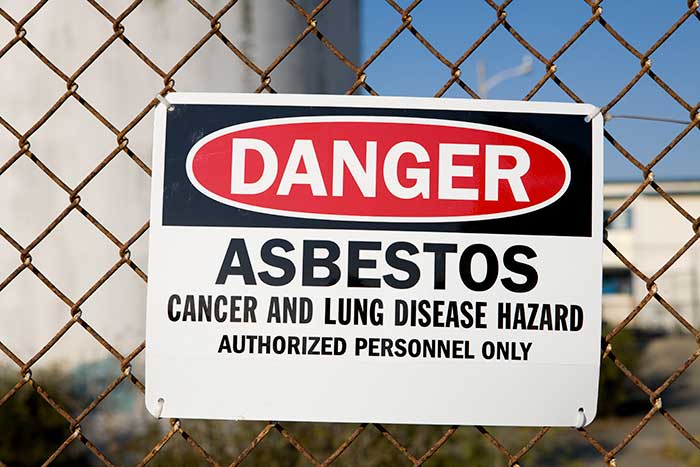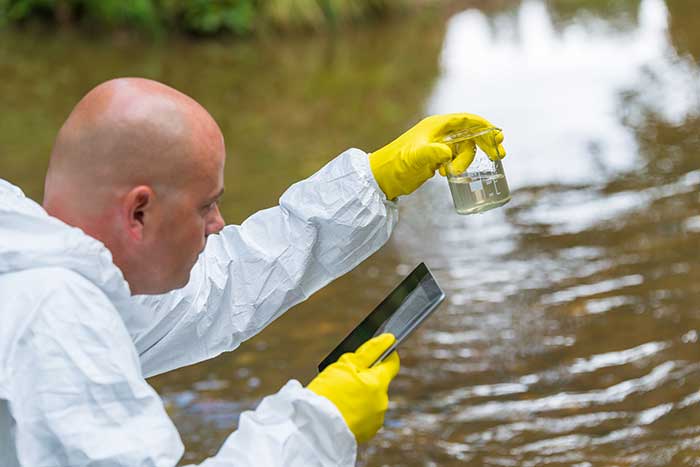Emergency Reporting Services
The Texas Commission On Environmental Quality (TCEQ)
The Texas Commission On Environmental Quality (TCEQ) is an agency that oversees and protects public health and natural resources. They are focused on clean water and air, and the safe management of waste.
In the event of a spill, reportable quantities (RQ) depend on where and what the release is for emergency situations, the TCEQ must be contacted within 24 hours of the spill, or fines can be assessed. Please see list below:

TCEQ Jurisdiction
- Crude Oil to land – RQ = 210 gallons (5 barrels), 30 TAC 327.4(b)(1)(A)
- Crude Oil to inland water – RQ = Any amount that creates a sheen, 30 TAC 327.4(b)(1)(B)
- Petroleum/Used Oil to land – RQ = 25 gallons, 30 TAC 327.4(b)(2)(A)
- Petroleum/Used Oil to inland water – RQ = Any amount that creates a sheen, 30 TAC 327.4(b)(2)(C)
- Chemical to land – RQ is defined in Table 302.4 in 40 CFR 302.4
- Chemical to water – RQ is defined in Table 302.4 in 40 CFR 302.4 or 100 pounds, whichever is less, 30 TAC 327.4(a)(1)
- Industrial Solid Waste or Other Substance – RQ = 100 pounds, 30 TAC 327.4(c)
30 Day TCEQ Report
Once reported, the owner or operator of a vessel from which a spill emanates is responsible for cleaning up a spill and submitting a 30 Day report to the State.
CG Environmental, an EnviroServe Company offers services to write the 30 Day TCEQ report for clients, which includes the following requirements by the State:
- Documentation
- Response Chronology
- Terms and Classification
- Sampling and Analysis
- Waste Classification and Disposal
Documentation Must Contain One of the Following
- Information from the initial notification, and a statement that the response to the discharge or spill has been completed and a description of how the action was conducted.
- A request for an extension of time to complete the response, along with the reasons for the request, and a projected work schedule outlining the time required to complete the response action. Proceed according to the projected schedule unless otherwise notified by the appropriate TCEQ regional director.
- A statement and explanation that the discharge or spill response has not been, and is not expected to be, completed within the maximum allowable extension (six months from the date of the discharge or spill), along with a projected work schedule.

Additional Information Required
Response Chronology – A chronology, listing times and dates, of the responses by the responsible person, as well as:
- The nature of the responses, along with the name, address, and phone number of the response contractor as well as the name of a contact, if different than the responsible person
- The date and time of the first containment actions and the name of the individuals or company conducting these activities
- A detailed description of the containment equipment and personnel used and a description of the effectiveness of the initial response actions; etc.
Terms and Classifications
Meteorology – Describe weather conditions during the incident and include a discussion of how the weather may have helped or hindered the cleanup.
Reported Injuries – Describe any injuries or fatalities.
Remediation of Contamination – Describe actions taken to remove or neutralize the substances discharged or spilled including:
- The amounts of substances recovered and contained.
- The amounts of substances lost to the environment.
- If the soil was affected, the amounts of substances removed. Include a scaled map indicating the lateral and vertical extent of excavation.
- The disposition of any excavated substances, any recovered substances, and any additional wastes generated from the cleanup, including any on-site or off-site storage, processing, or treatment.
If the material is stored off-site, the responsible person must give the name, physical address, and phone number for the storage facility.
Sampling and Analysis
A description of all sampling activities including:
- A list of the persons collecting the samples.
- A scaled map indicating the lateral and vertical location of the sampling locations.
- A tabulation of the analyses performed and the analytical methods used.
- The name and address of the laboratory conducting the analytical work.
- The name and address of the supplier of the sample containers.
- A copy of the analytical results as reported by the laboratory to the responsible person.
Waste Classification and Disposal
List the U.S. EPA and TCEQ waste-classification and waste-code numbers, along with
Copies of any analytical results used to obtain the waste classifications as well as any correspondence from the TCEQ.
- A list of any temporary generator or transporter numbers used, if applicable.
- Copies of the manifests for the shipment of the wastes.
- The name, address, and phone number of the facility receiving the waste.
CG understands how overwhelming this may be, for that reason our staff is filled with professionals who can take care of the paperwork on behalf of our customers in nationwide, Arkansas, Kansas and surrounding regions